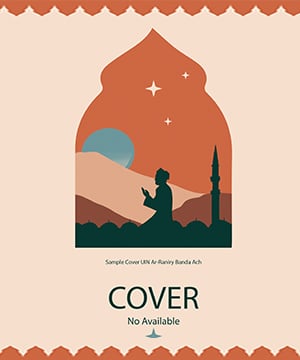References
البدراوى زهران، علم اللغة التطبيقي في المجال التقابلي (تحليل الأخطاء)، دار الفاق العربية، القاهرة، 2008.
________، في علم اللغة التقابلية دراسات نظرية، دار الفاق العربية، القاهرة، 2008.
رشدي أحمد طعيمة، المهارات اللغوية مستوياتها، تدريسها، صعوباتها، الطبعة الأولى، دار الفكر العربي، القاهرة، 2004.
عبده الراجحي، علم اللغة التطبيقي و تعليم اللغة العربية، دار المعرفة الجامعية، إسكندرية، 1992.
عمر الصديق عبد الله، تحليل الأخطاء اللغوية التحريرية لدى طلاب معهد الخرطوم الدولي للغة العربية الناطقين باللغات الأخرى، معهد الخرطوم الدولي، السودان. 2000.
___________، محاضرات الدبلوم العالي، معهد الخرطوم الدولي 2009-2010 .
محمد علي الخولي، الحياة مع لغتين، الثنائية اللغوية، مطابع الفرزدق التجارية، الرياض، 1987.
محمود أحمد قمر، الإسلام و المسلمون في شرق و جنوب شرق آسيا، عين الدراسات و البحوث الإنسانية و الاجتماعية، السعودية.2003.
محمود إسماعيل صيني و إسحاق محمد الأمين، التقابل اللغوي و تحليل الأخطاء، جامعة الملك سعود، الرياض، 1992.
Atabik Ali and A.Zuhdi Muhdlor, Kamus Kontemporer Arab Indonesia, Yogyakarta: Multi Karya Grafika, 1998.
Budiman Sulaiman dkk, Struktur Bahasa Aceh (lanjutan), Banda Aceh: Departemen Pendidikan dan Kebudayaan , 1978.
Moh.Mansyur and Kustiawan, Pedoman bagi Para Penulis dan Penterjemah, Jakarta: PT.Moyo Segoro Agung, 2002.
Mohammad Rifa'i dkk, Sejarah Islam, Semarang: Wicaksono, 1982.
الشبكة الدولية
Mahir sya’ban Abdul bari, http://www.alfusha.net
Sujari, http://www.scribd.com



